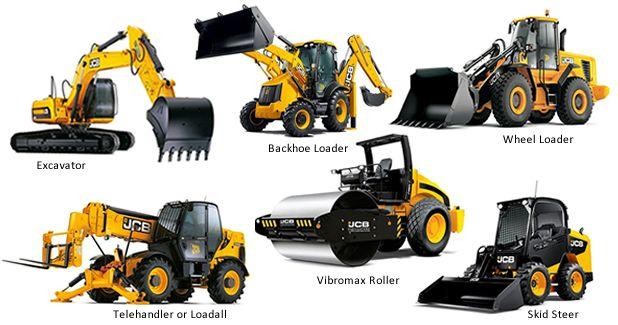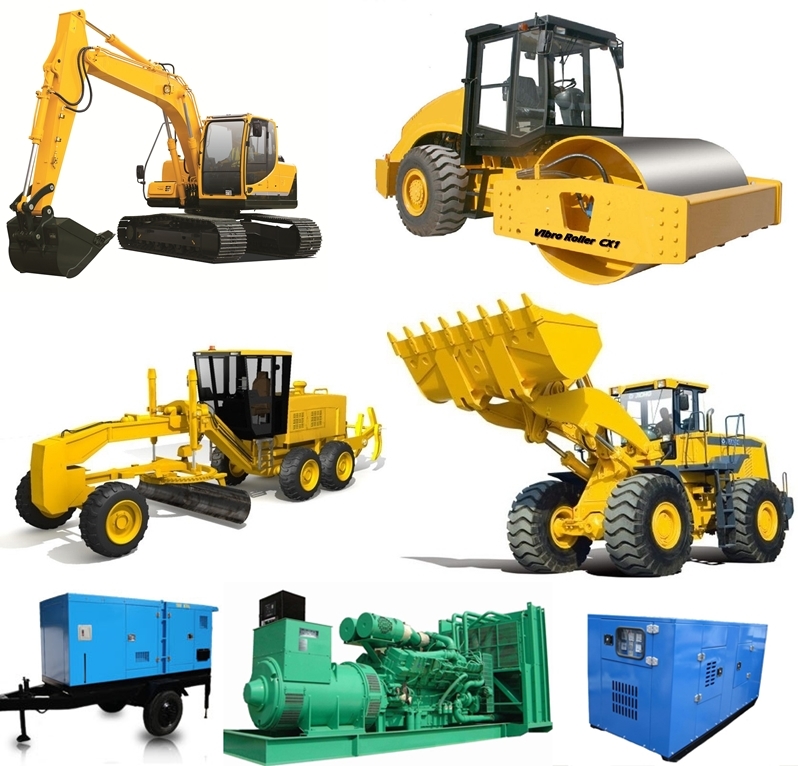Boom Lift Rental: Cost Effective and Reliable Lifts for Any Kind Of Task
Boom Lift Rental: Cost Effective and Reliable Lifts for Any Kind Of Task
Blog Article
Optimize Your Budget Plan by Recognizing the Expenses Related To Building Equipment Services
Comprehending the complete range of expenses connected with building equipment services is important for optimizing your spending plan. What strategies can be utilized to successfully manage these prices and guarantee an extra reliable rental experience?
Review of Rental Prices
When considering building and construction devices services, understanding the connected costs is extremely important for reliable budgeting and job preparation. Rental prices can differ substantially based upon numerous elements, including devices type, duration of rental, and place. The first rental charge usually shows the equipment's market need and its linked functional capabilities, influencing the general expenditure.
Along with the base rental price, ancillary prices might occur, such as transportation fees, fuel additional charges, and maintenance costs. It is necessary to represent these additional costs to accurately evaluate the overall expense of renting equipment. The rental duration can influence pricing; longer services might certify for reduced prices, while temporary leasings may sustain greater daily charges.

Malfunction of Rental Prices
A detailed understanding of rental rates is crucial for contractors and task supervisors aiming to optimize their budget plans. Rental rates for construction equipment typically consist of several elements, including base rates, time-based costs, and usage costs.
Base rates are the core costs associated with the service of the tools, commonly determined by the type and dimension of the equipment. These prices can vary substantially, affected by elements such as devices demand, schedule, and local market trends. Time-based costs, which might be daily, weekly, or monthly, offer to accommodate different project timelines and rental durations.
Additionally, rental rates may consist of use fees, which are relevant when tools is used past a defined limit, making sure that the rental business can account for deterioration. Seasonal demand variations can likewise impact rental rates, with peak building and construction periods generally commanding higher prices.
Moreover, recognizing the rental business's plans concerning maintenance and insurance coverage can provide additional insight into the overall expense framework. By evaluating these components, professionals can make educated choices, making sure the choice of rental equipment lines up with both job requirements and budget plan restraints.
Added Costs to Consider
Comprehending the ins and outs of added charges is crucial for professionals to handle their general leasing costs successfully. Beyond the standard rental rates, different auxiliary charges can substantially affect the overall expense of equipment rental. These fees frequently include delivery and pick-up costs, which can differ based on distance and logistics associated with transporting the equipment to and from the work website.
Additionally, some rental business may enforce gas additional charges if the devices is returned with less gas than when rented. It is also essential to recognize possible cleansing fees, particularly for customized devices that requires thorough upkeep after use.

Thoroughly assessing the rental contract and clarifying these added fees ahead of time can aid service providers prevent unforeseen costs and ensure that budgets continue to be intact throughout the job lifecycle.
Repair And Maintenance Expenses
Routine repair and maintenance expenses are commonly overlooked aspects that can considerably affect the overall expense of construction devices services. click here to find out more When renting devices, it is crucial to think about not just the rental fees however additionally the potential expenses linked with keeping the machinery in ideal operating problem.
Many rental business consist of standard maintenance as part of the rental contract; nonetheless, more substantial fixings or unexpected break downs can cause added expenditures. It's vital to evaluate the rental contract meticulously to recognize what maintenance services are covered and what responsibilities fall on the tenant.
In addition, tools that is not well-maintained can lead to inefficiencies at work website, possibly creating hold-ups and raising task prices. To minimize these risks, it is advisable to conduct regular inspections and maintain open communication with the rental service provider relating to any type of problems that occur during use.
Insurance and Liability Costs
Insurance policy and responsibility expenses are vital elements that can considerably impact the overall expense of building and construction devices leasings (aerial lift rental). These costs ensure that both the rental firm and the customer are secured from prospective economic losses emerging from accidents, damages, or theft during the rental duration

Furthermore, customers ought to understand any deductibles or exclusions in the insurance coverage, as these can impact possible out-of-pocket costs. Recognizing the conditions of any type of insurance policy coverage is important to stay clear of unexpected expenses. Eventually, budgeting for insurance coverage and responsibility expenses can assist make certain a smoother rental experience and protect against monetary risks connected with building and construction projects.
Conclusion
Finally, a thorough understanding of the costs associated with building tools services is important for efficient spending plan monitoring. By evaluating rental rates, extra costs, upkeep expenses, and insurance individuals, requirements and organizations can decrease unforeseen expenditures. This critical strategy not just boosts cost-effectiveness yet additionally makes certain that tasks progress efficiently and effectively. Eventually, notified decision-making concerning equipment services adds to the general success of building endeavors.
Rental costs can vary considerably based on several aspects, including equipment kind, duration of service, and place (boom lift rental). The rental duration can impact rates; longer leasings might certify for discounted prices, while short-term leasings might sustain higher everyday charges
By performing extensive research and engaging with reliable rental firms, professionals why not find out more can effectively navigate the intricacies of rental pricing, inevitably maximizing their monetary sources.
Beyond the typical rental Recommended Site rates, different additional costs can significantly affect the complete cost of devices service. Rental firms typically offer liability insurance policy that covers injuries to third events or damages to building, while devices damage insurance can cover the price of repair work or substitute if the rented devices is harmed.
Report this page